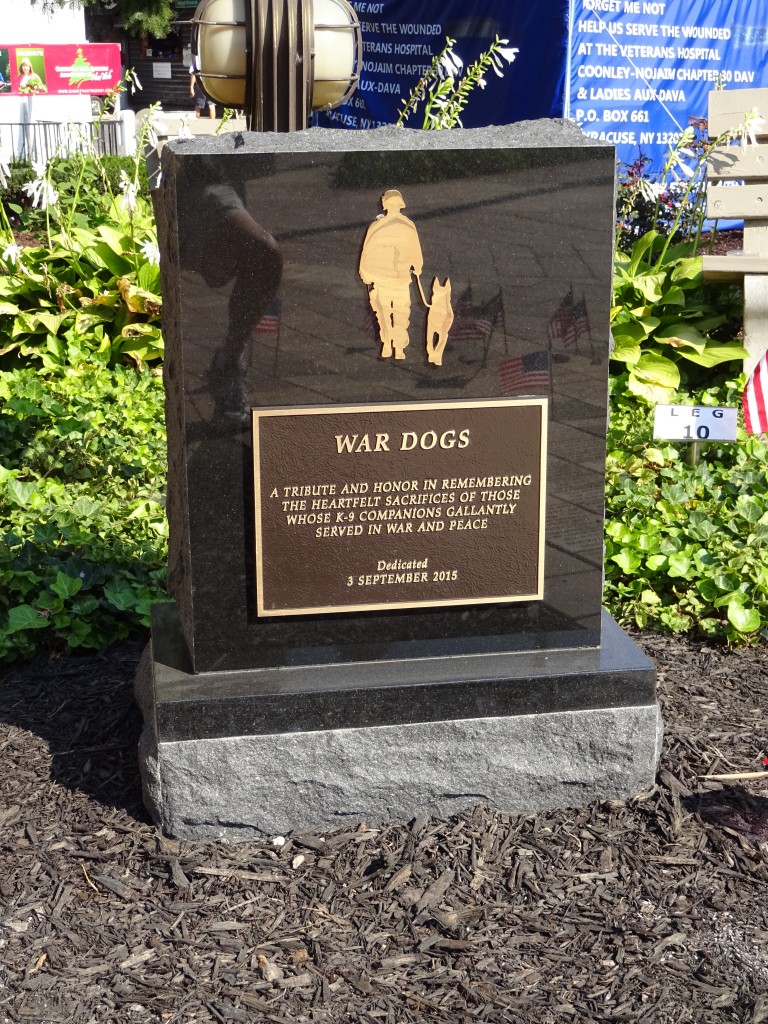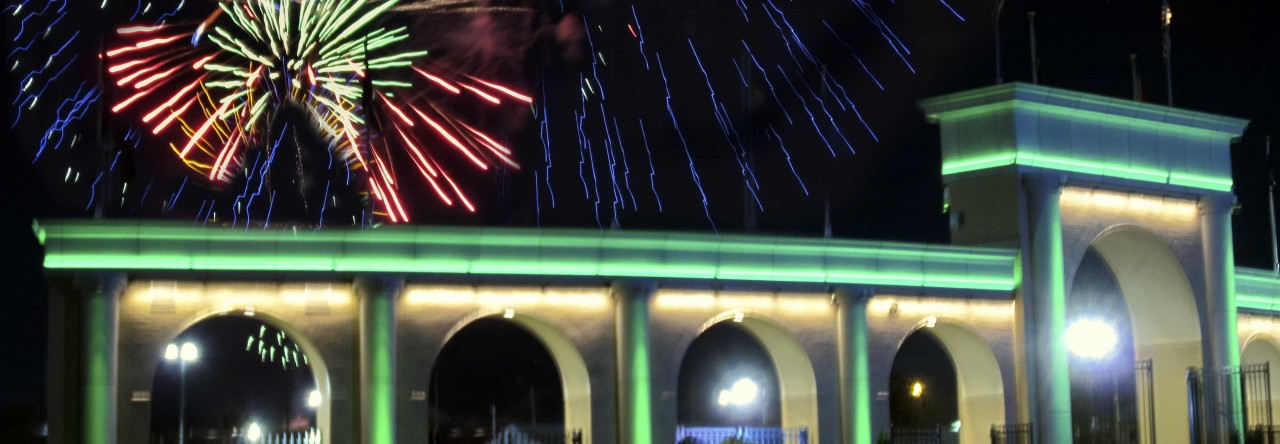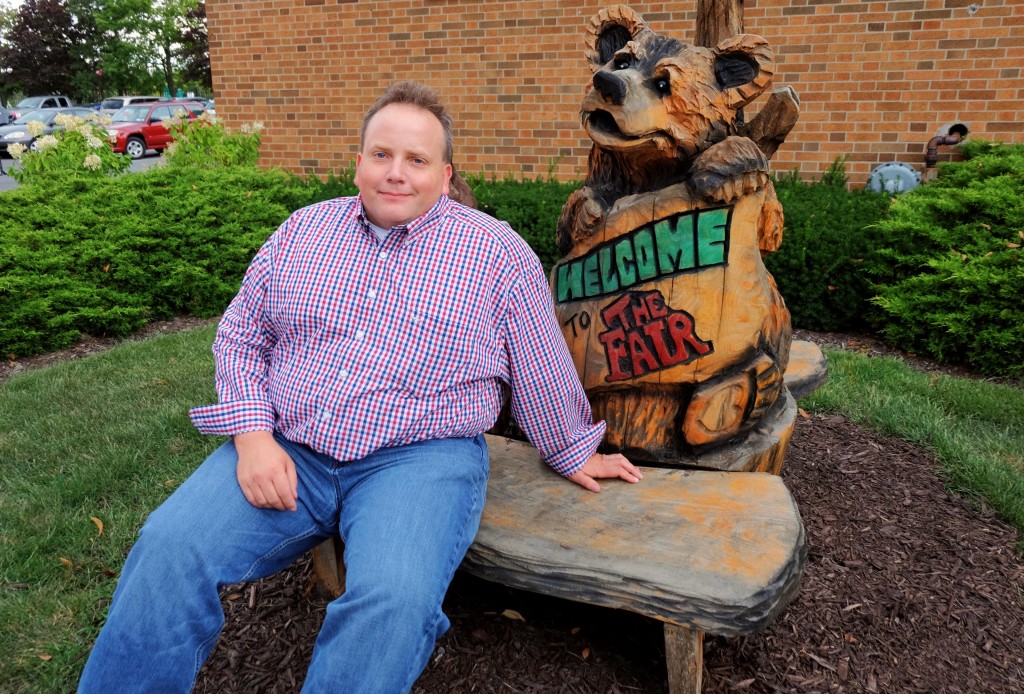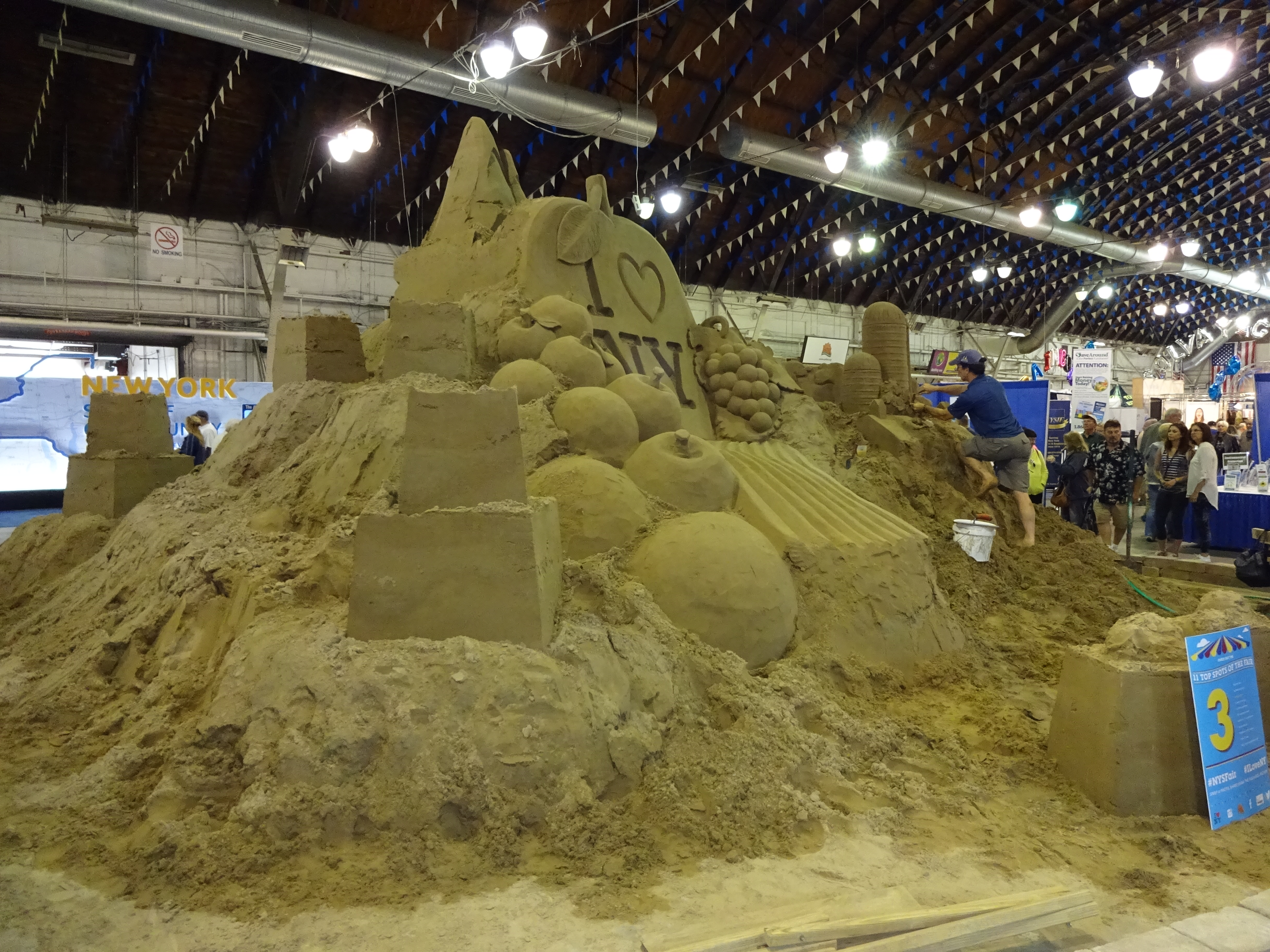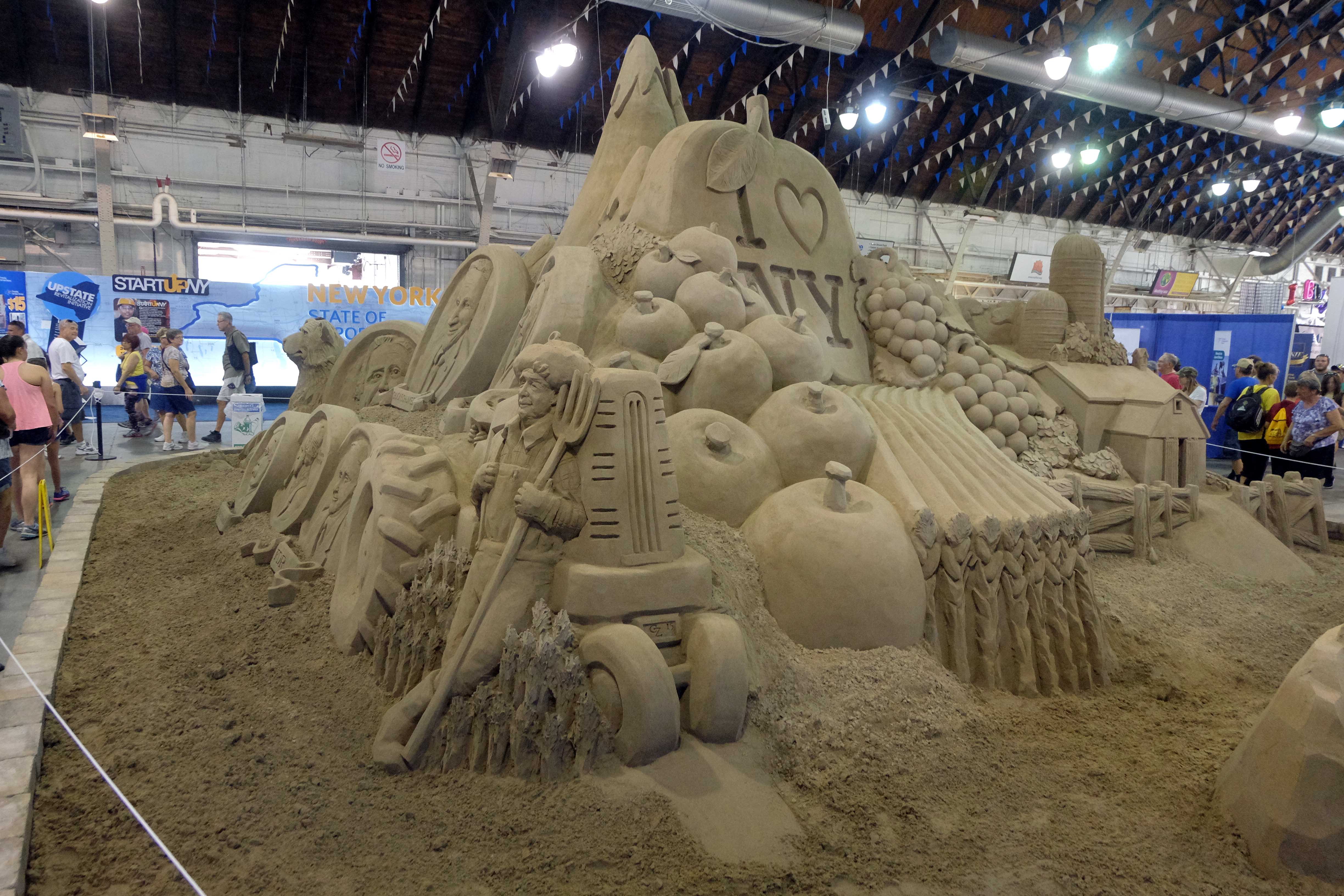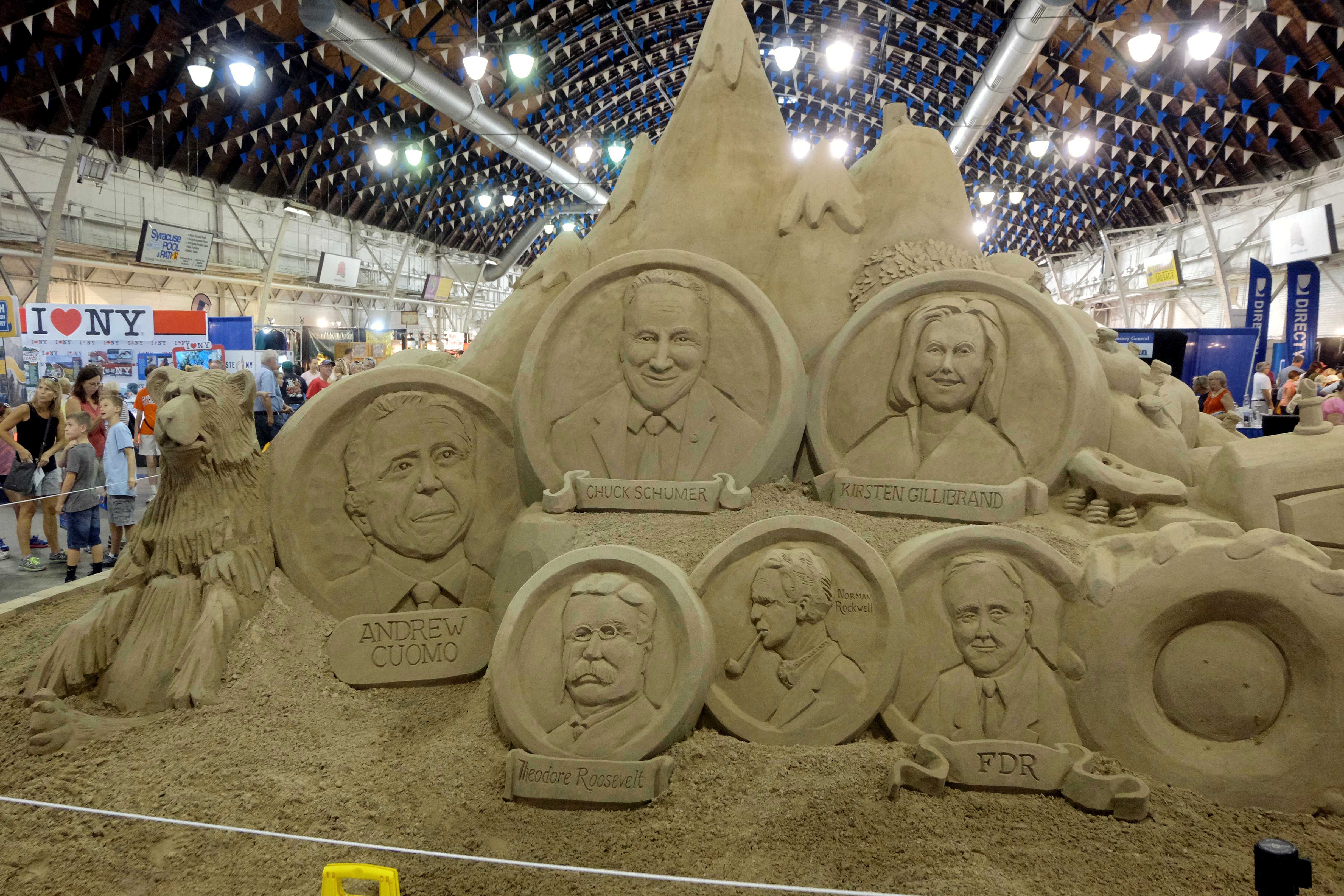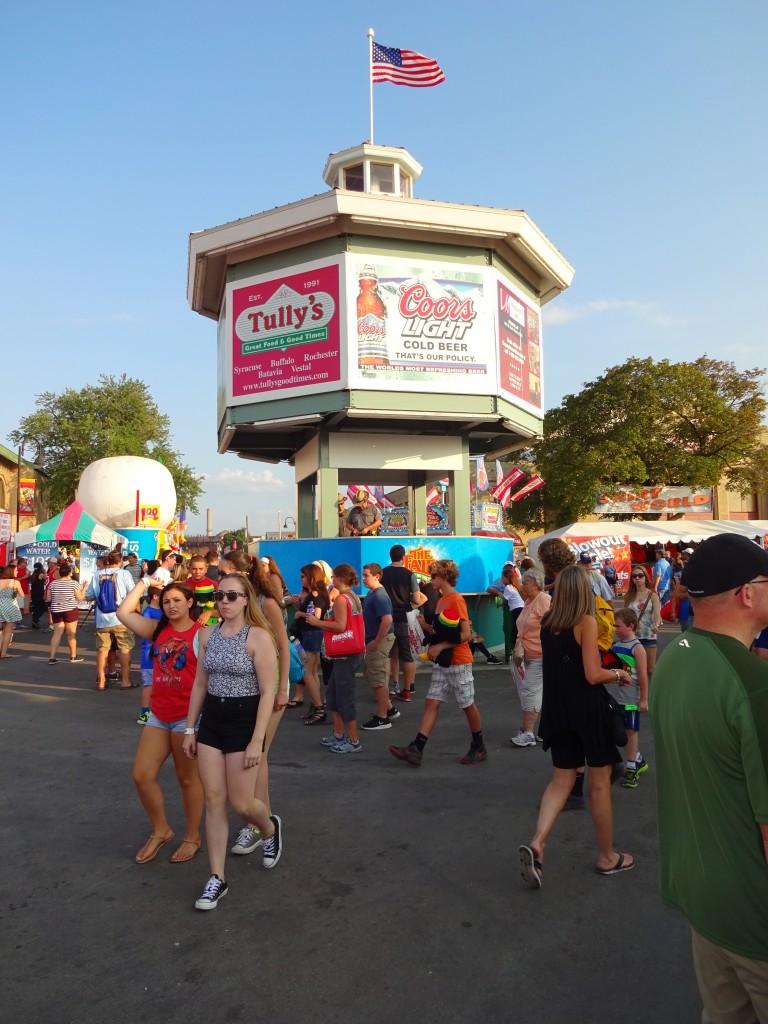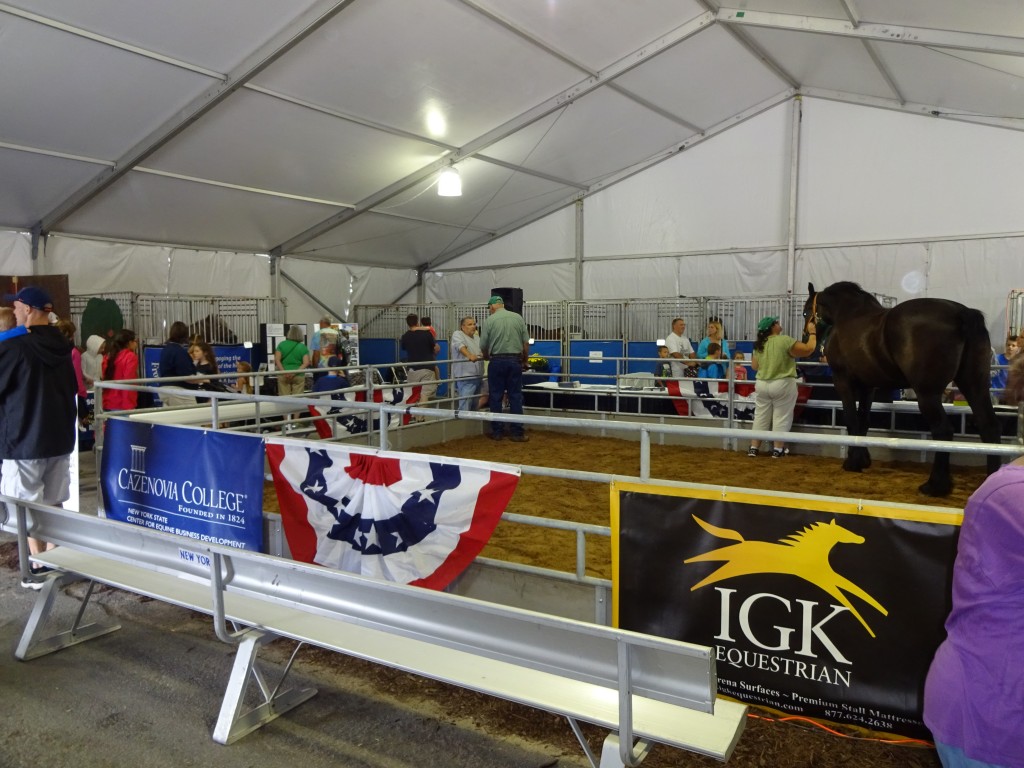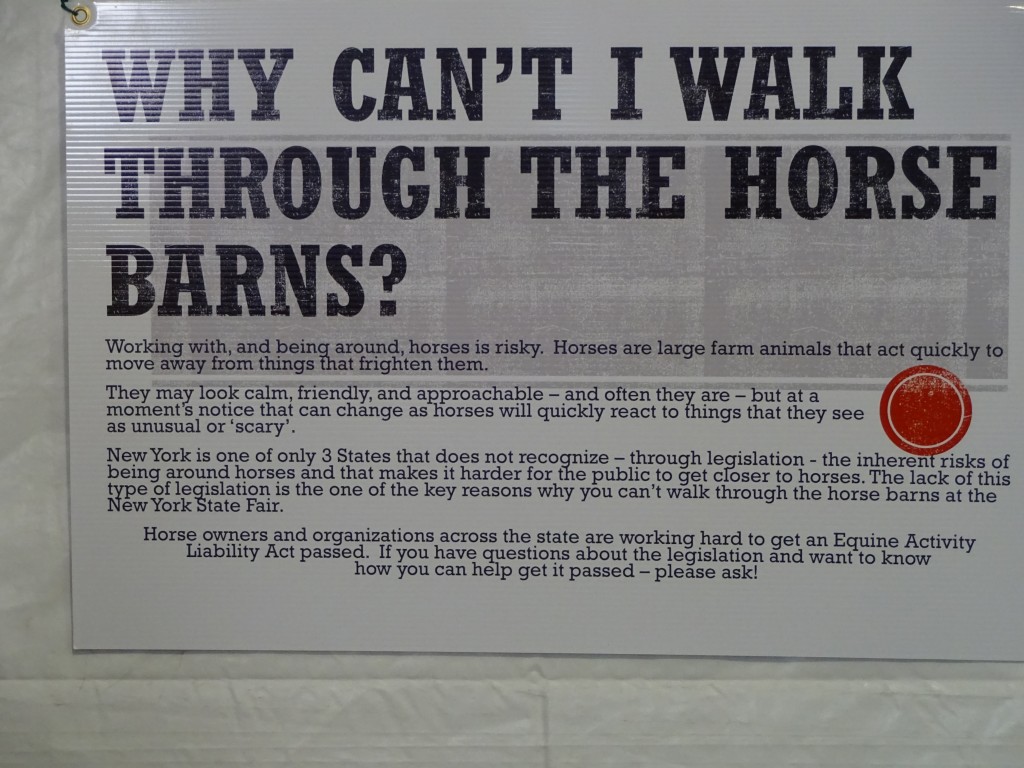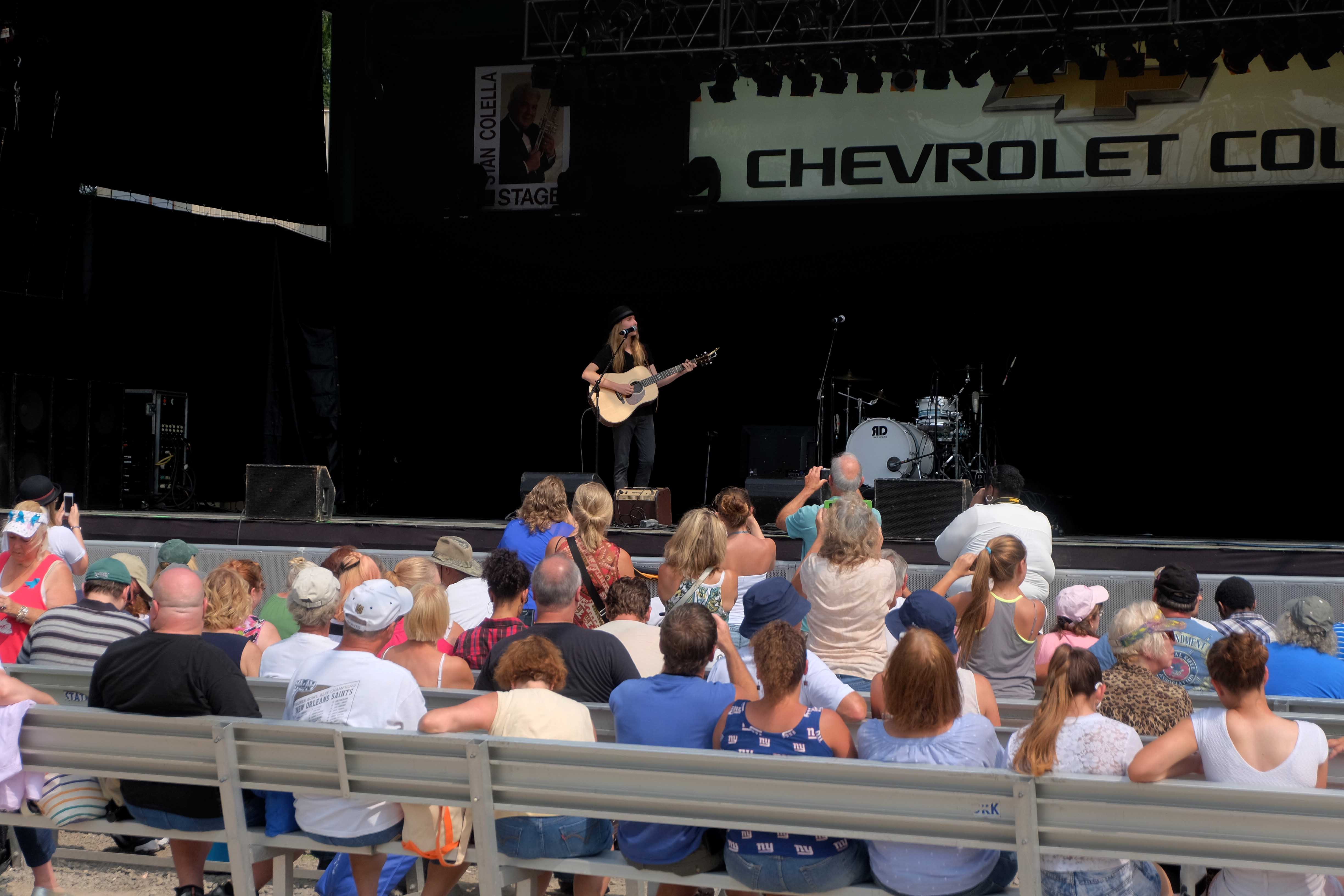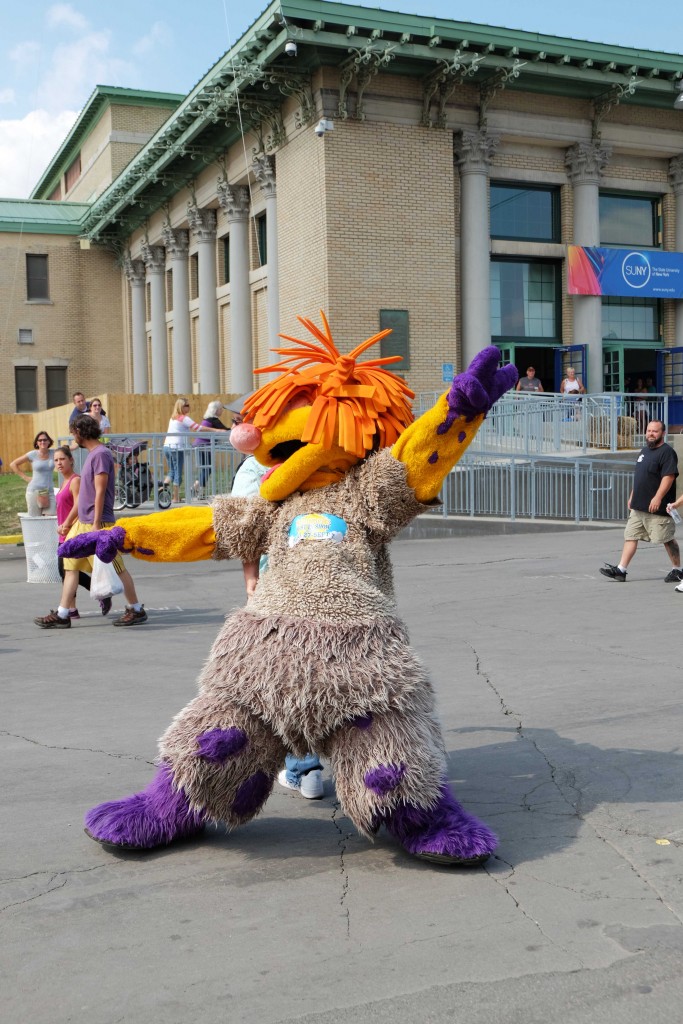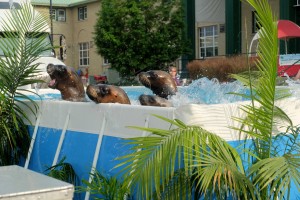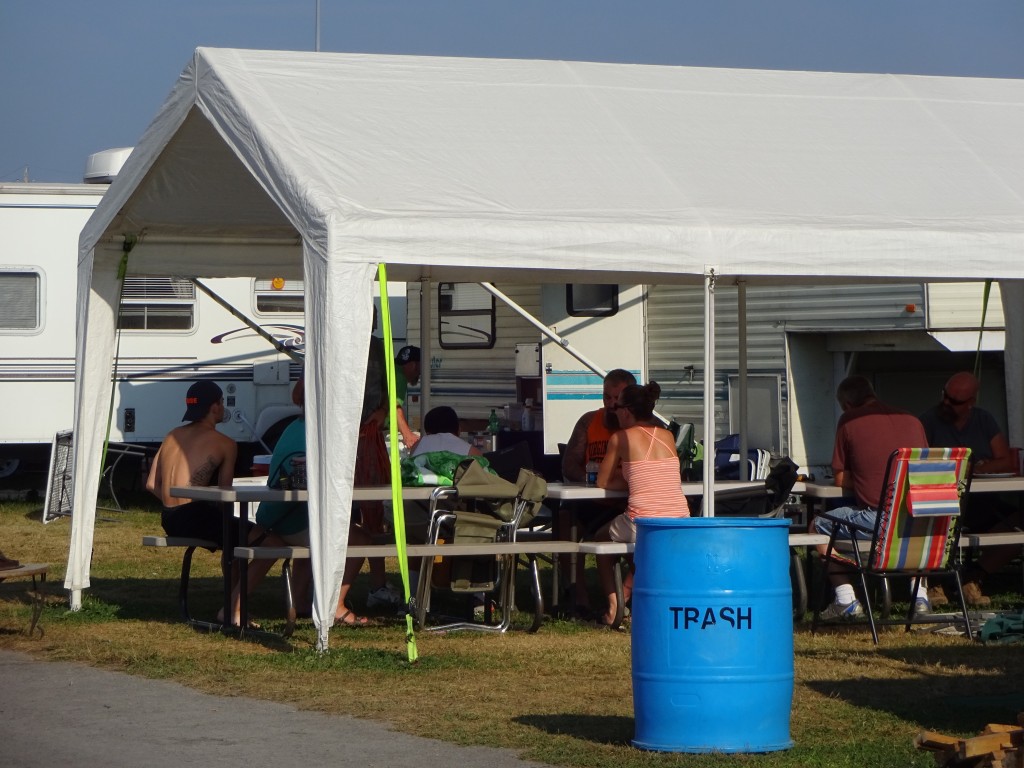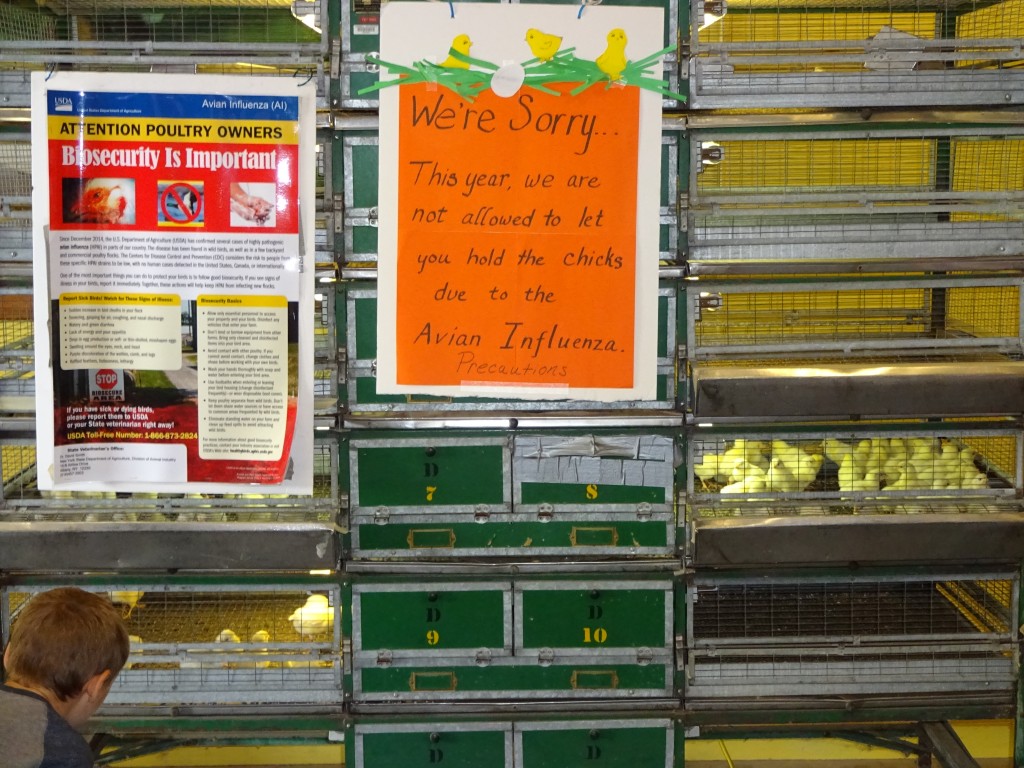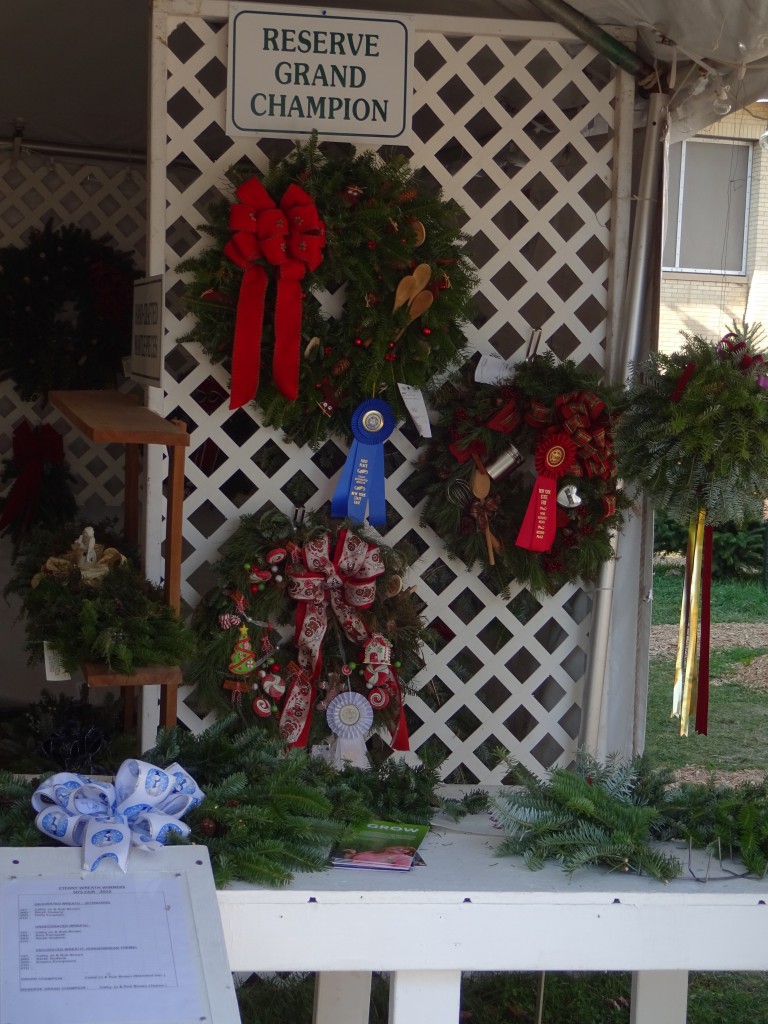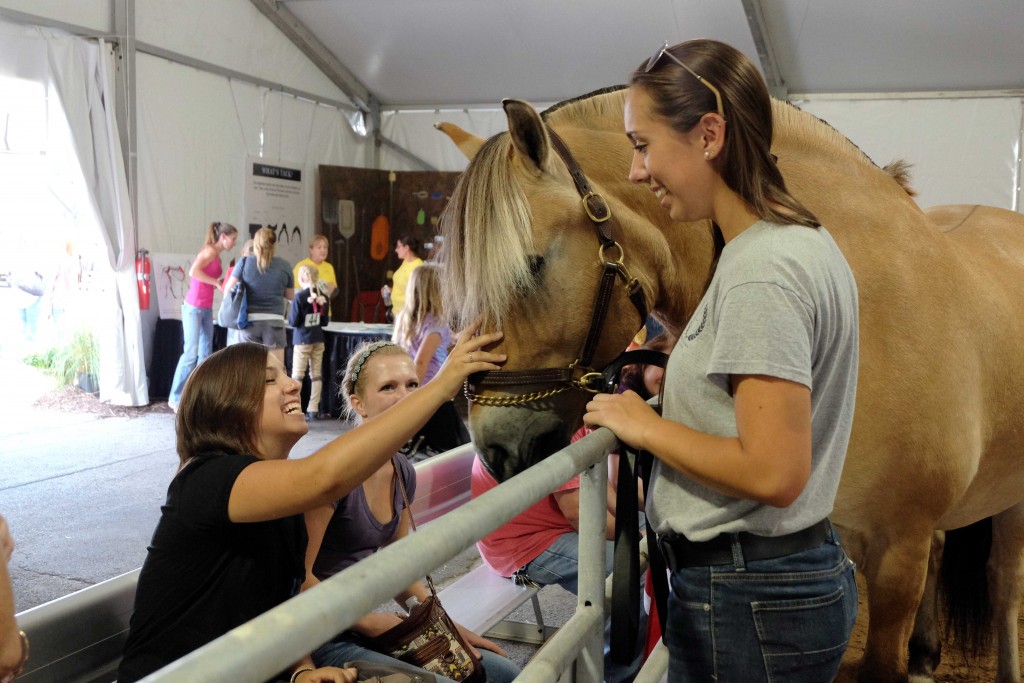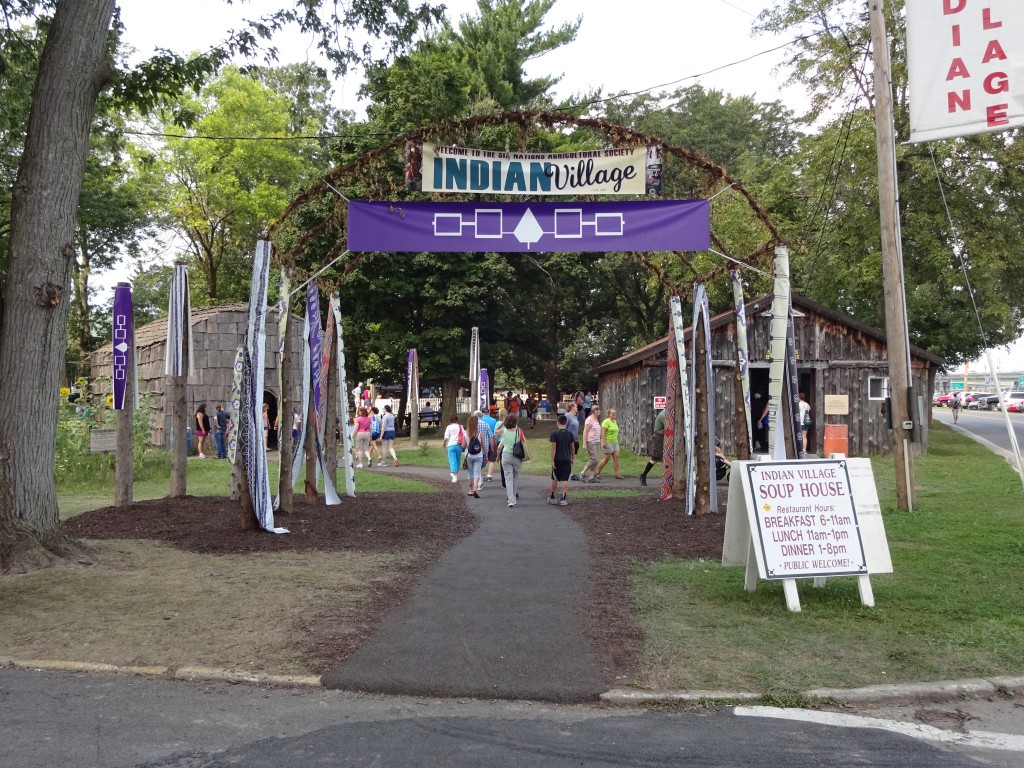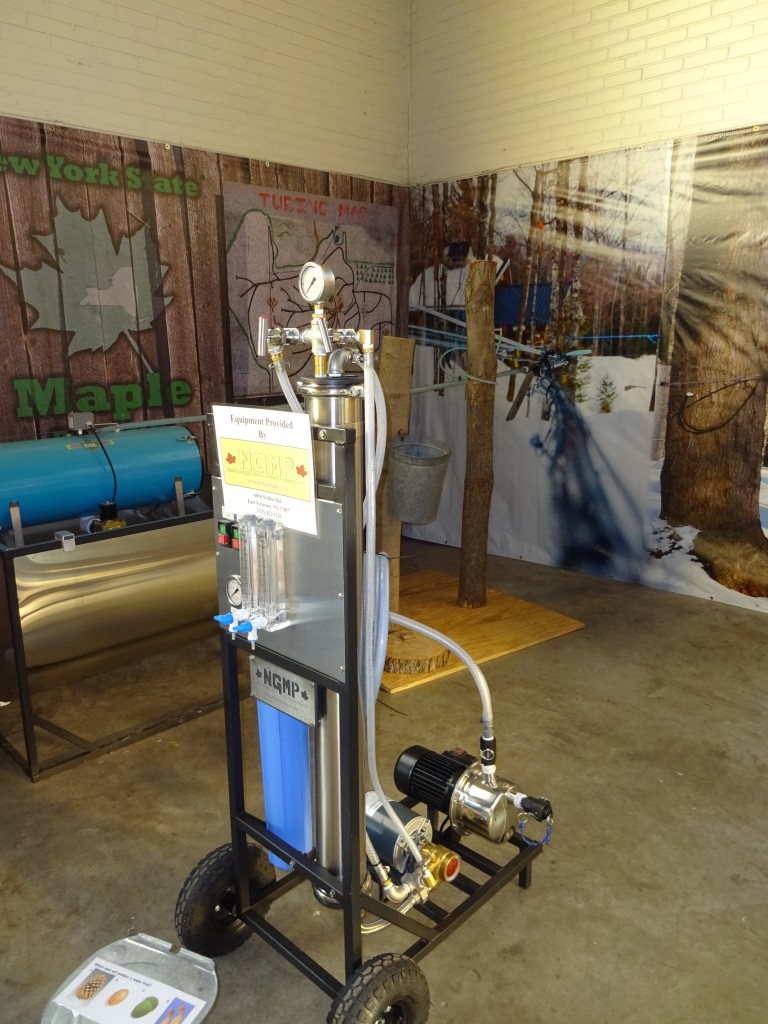The New York State Fair’s estimate of the Sep. 6 Steve Miller Band concert attendance caught State Fair Hound by surprise. The official count was 36,900, the largest audience to ever gather in Chevy Court.
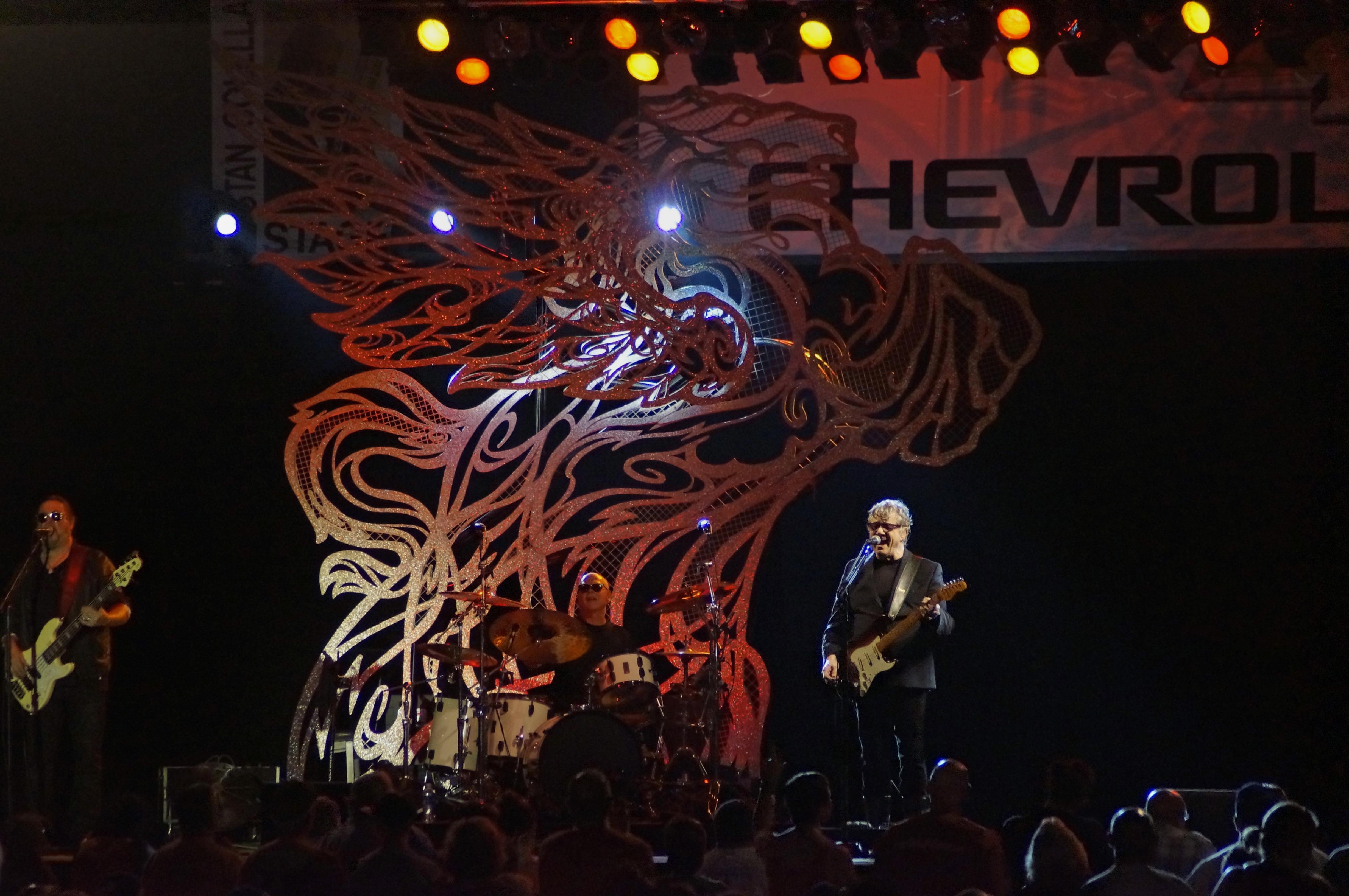
The Hound was on hand that fateful night and there’s no doubt that the mob filling the courtyard and spilling out into the surrounding streets was massive to the point of being barely navigable, even at its fringes. But it didn’t seem to be a large as some previous shows.
The Fair has a method for estimating crowd size, based upon a grid system that looks at defined areas with previously-determined capacities and adding up the occupied areas. There’s no reason to doubt the Fair’s accuracy in reporting what they saw and, when you come down to it, the actual numbers aren’t as important as other essential questions with an enormous crowd such as that one.
More critical than actually counting the people within earshot of the stage should be estimating how many of them were actually able to have an overall positive experience at the event. 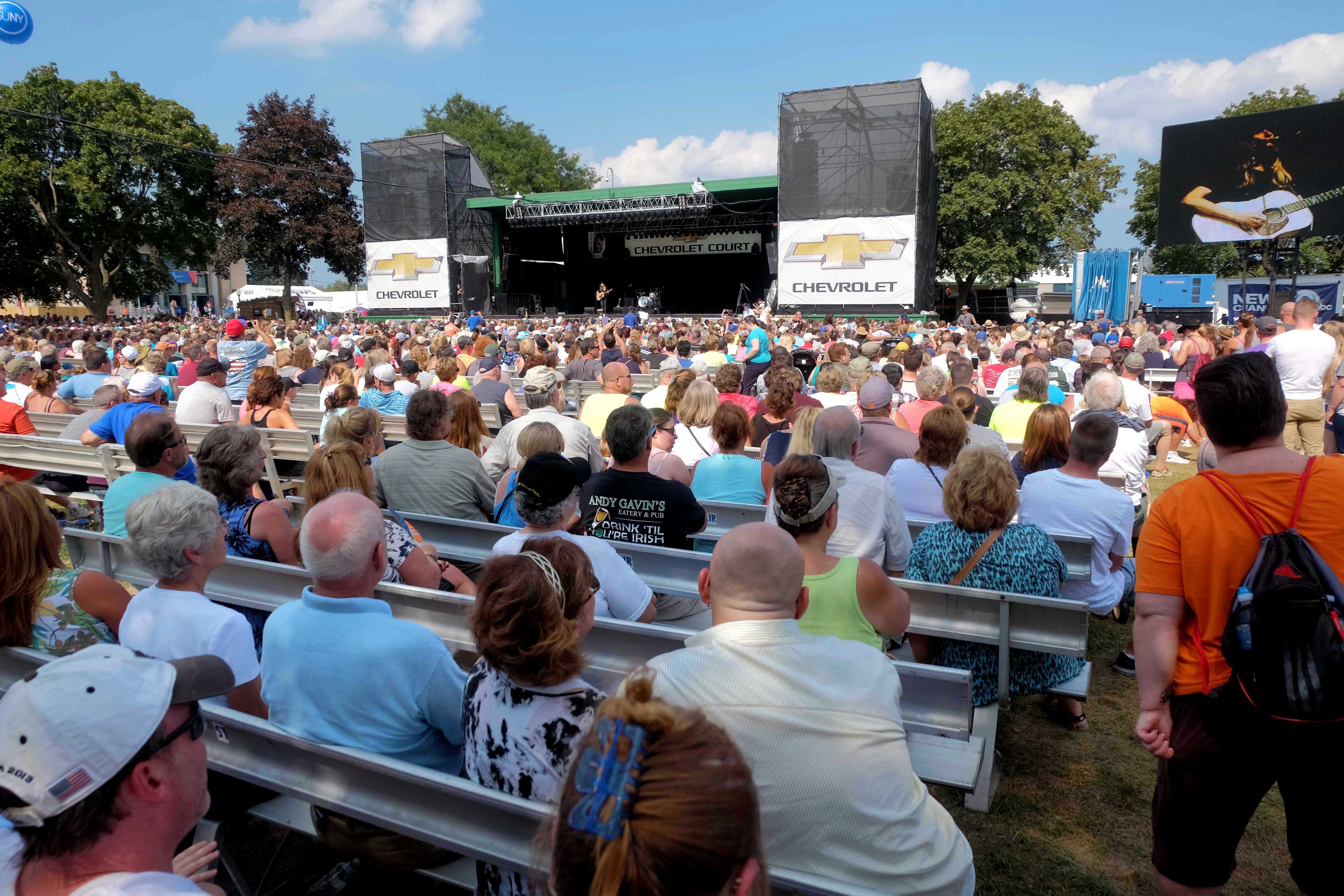 We should be thinking about safety and a reasonable expectation that those in attendance can overcome the discomfort and enjoy the music.
We should be thinking about safety and a reasonable expectation that those in attendance can overcome the discomfort and enjoy the music.
Regulating the crowd has proven difficult. Attempts to control the spacing and movement of that many fans with temporary fencing has been largely unsuccessful, in some cases making the situation worse by creating barriers to people spreading out or moving out of overcrowded areas. The rule prohibiting smoking at Chevy Court, instituted this year and heartily endorsed by The Hound, was largely ignored and there is logically nothing that security staff could do about it, 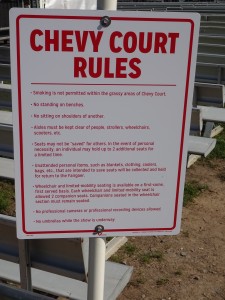 although it may help to make the signs listing the rules were more prominent.
although it may help to make the signs listing the rules were more prominent.
Having witnessed such chaos, it’s clearly good news that the Chevy Court stage and the adjoining building are being replaced, presuming that will improve conditions. However, the big question remains. Is it possible to keep bringing major acts, perhaps even more popular than ones recently presented, drawing tens of thousands of fans to that area, in a way that is comfortable, safe and enjoyable for the fans? It seems very unlikely.
There could be improvements, no question. The stage could be higher and more visible, enhanced by larger video projection screens. Maybe it could be moved back a bit to create more room to gather in front of the performance. The very popular Dinosaur Bar-B-Que stand could no doubt survive relocation to free up space, unless there are contractual obligations preventing it. Moving some vendor space out of the surrounding streets could help, but vendors provide revenue, so that’s a drawback. And you can’t expect Chevrolet to move its display out of the venue named for it.
Really, you can only create so much space in that area, probably not enough. On the other hand, the option of toning down the popularity of the acts playing there seems counterproductive.
There may be, however, a solution to the problem of hosting large, free concerts at the Fair in a way that makes them more manageable and more enjoyable for fans. The demolition of the Grandstand and the plowing under of the racetrack create opportunities to reconfigure the area freed up. 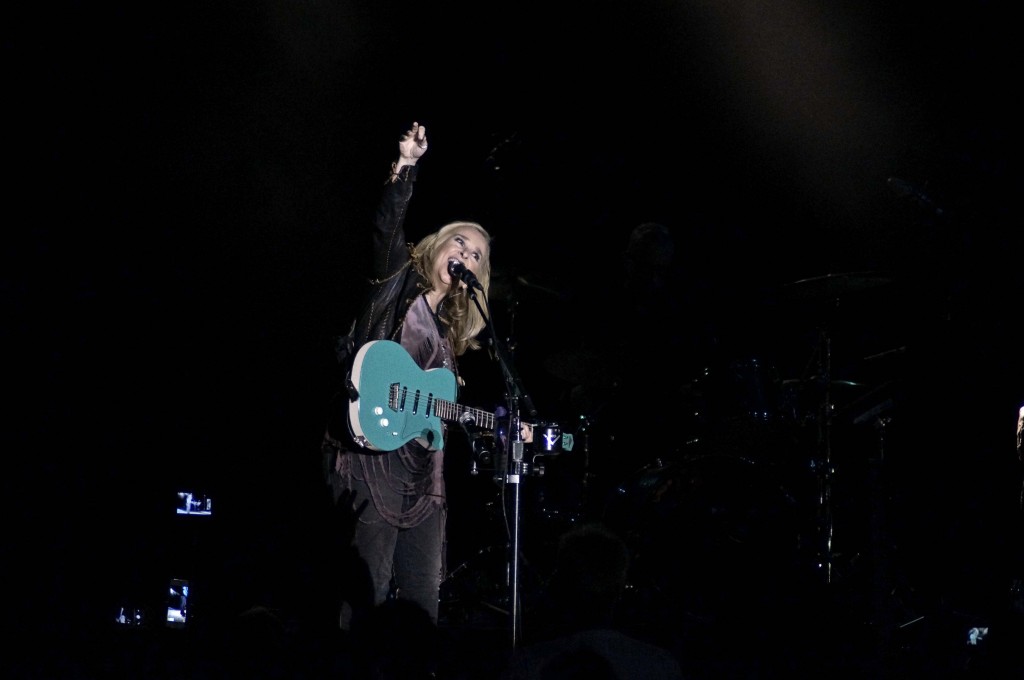 Moving the free stage is one option worthy of consideration. Plans have been announced for changes in the Fairgrounds that involve use of some of this newly-available turf, but no ground has been broken, no bricks have been laid, so there’s still time for tweaking. There’s a lot of space back there, so this could work.
Moving the free stage is one option worthy of consideration. Plans have been announced for changes in the Fairgrounds that involve use of some of this newly-available turf, but no ground has been broken, no bricks have been laid, so there’s still time for tweaking. There’s a lot of space back there, so this could work.
If the concert venue moved, the ground that is currently Chevy Court would then be available for new activities, perhaps still involving entertainment from the stage, but more manageable in audience size, allowing the stage to then be preserved as is. More picnic grounds, a better area for wandering entertainers like Hilby to perform and versatile demonstration, performance and exhibit space are among the ideas that could benefit from such a multi-use area.
One big drawback would certainly be that there are few Fair locales as prominent and as pretty as the grassy, tree-lined court area, surrounded by those handsome buildings and close to the wine court, restrooms and food stands. It would be hard to match that ambience, charm and convenience in the Grandstand/infield area, essentially an open field, lacking shade and amenities.
Could such disadvantages be overcome? Maybe, with tents, canopies, pavilions and landscaping. Some permanent infrastructure would be needed as well. It would definitely take significant planning and creativity, but it’s an idea worth a look.
If Chevy Court stays put, it’s going to take major changes to handle crowds better than they have been managed. 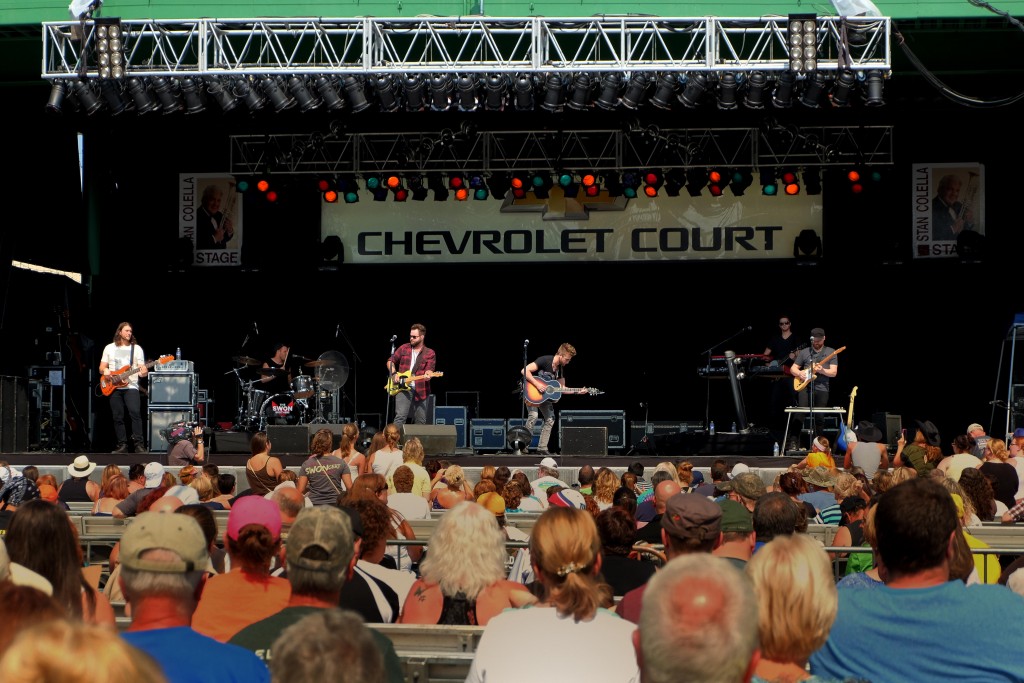 Finding a way to maximize the impact and success of those performances is surely a tough call, especially because the show has to be ready to go on August 25, 2016. It’s a difficult task, but one surely worth taking on, since free concerts have become the biggest draw at the Fair. Good luck, Fair planners.
Finding a way to maximize the impact and success of those performances is surely a tough call, especially because the show has to be ready to go on August 25, 2016. It’s a difficult task, but one surely worth taking on, since free concerts have become the biggest draw at the Fair. Good luck, Fair planners.
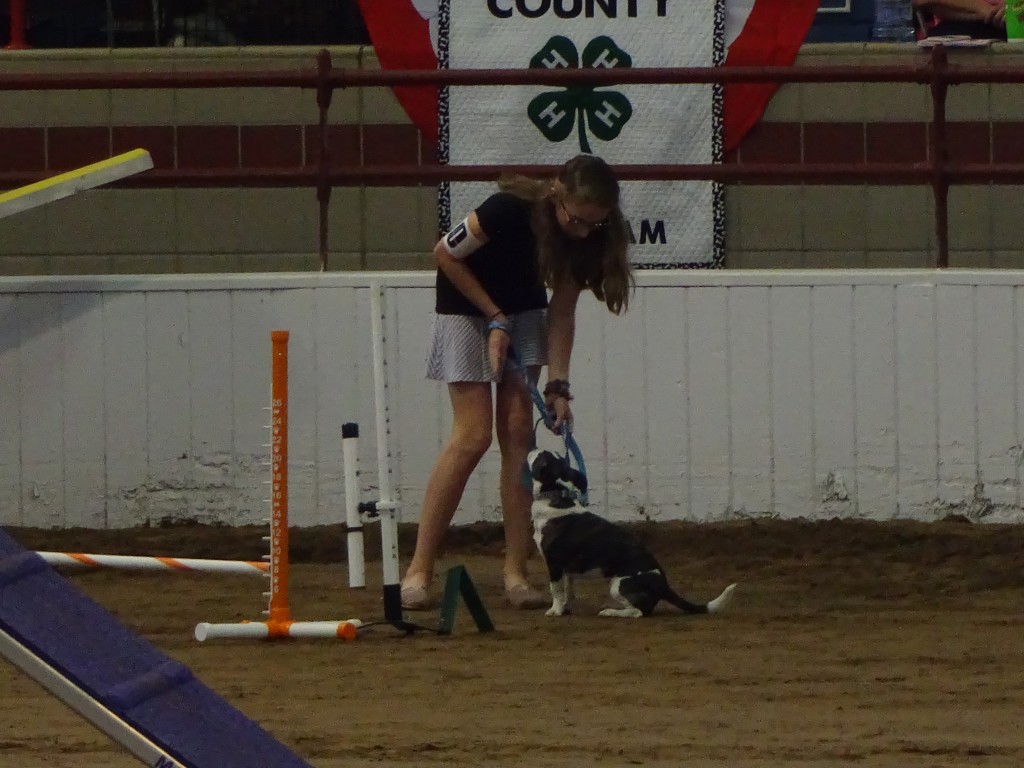 Obedience training demos require the pups to show their ability to follow basic commands while the agility course is more rigorous and tricky.
Obedience training demos require the pups to show their ability to follow basic commands while the agility course is more rigorous and tricky. Among the meet and greet favorites are State Police bloodhounds, brought out by their handlers at the Troopers’ exhibit for petting, pictures and chatting.
Among the meet and greet favorites are State Police bloodhounds, brought out by their handlers at the Troopers’ exhibit for petting, pictures and chatting.